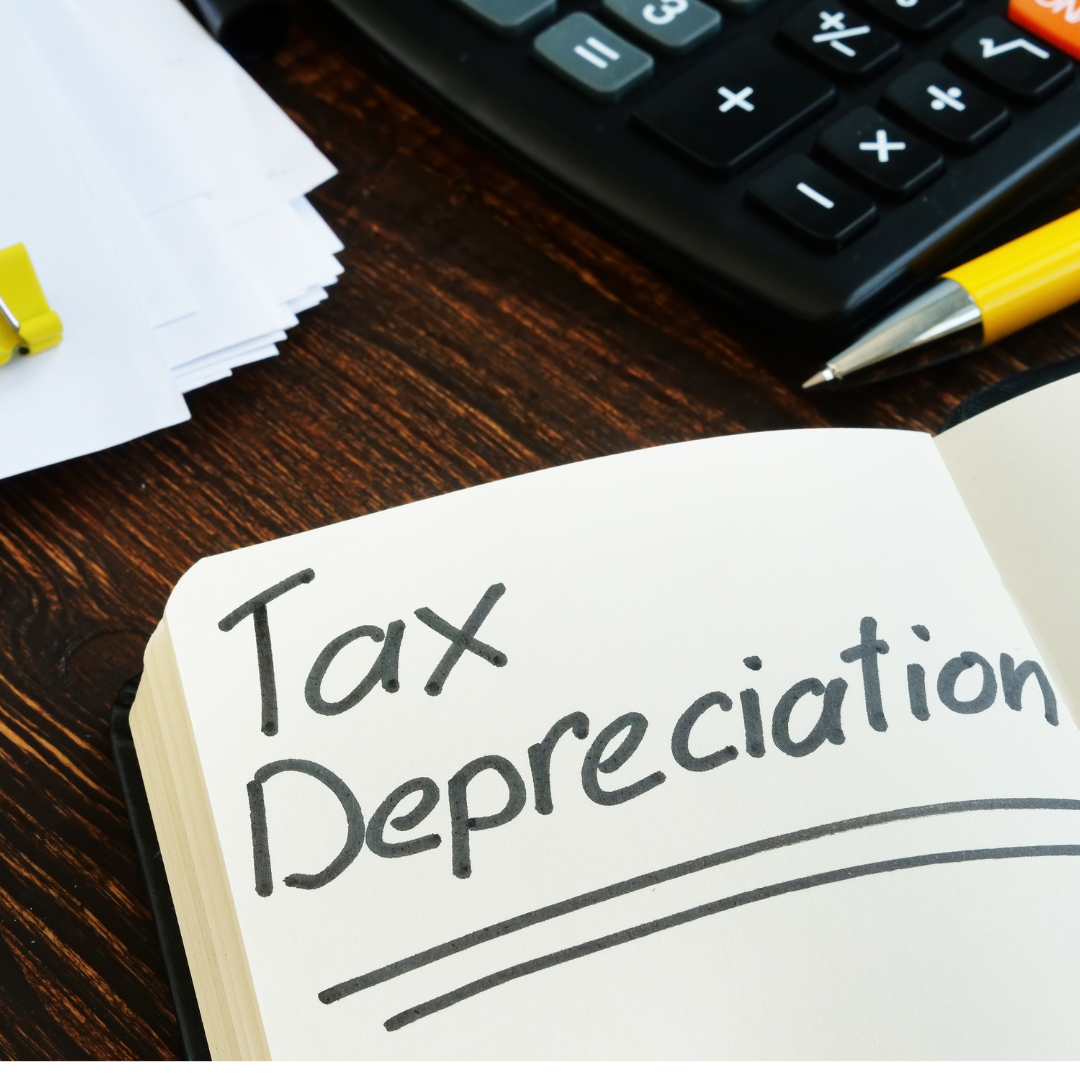
Depreciation is an accounting method used to allocate the cost of a tangible asset, like machinery or vehicles, over its useful life. Capital Cost Allowance (CCA) is the tax equivalent of depreciation. While depreciation is used for accounting purposes to calculate net income or loss, CCA is used to calculate taxable income. Depreciation rates are determined based on the expected useful life of the asset.
The deductible portion of an asset's cost for tax purposes is called CCA. Each asset is categorized into a specific CCA class, and CCA is calculated on a declining balance using the rate assigned to that class. The rates are prescribed by the Canada Revenue Agency (CRA).
Steps for Calculating CCA:
Opening Balance + Additions – Half-Year Rule – Dispositions
Base for CCA × CCA Rate
For additional information, visit the Canada Revenue Agency: Canada Revenue Agency
Posted on 18 September 2024


